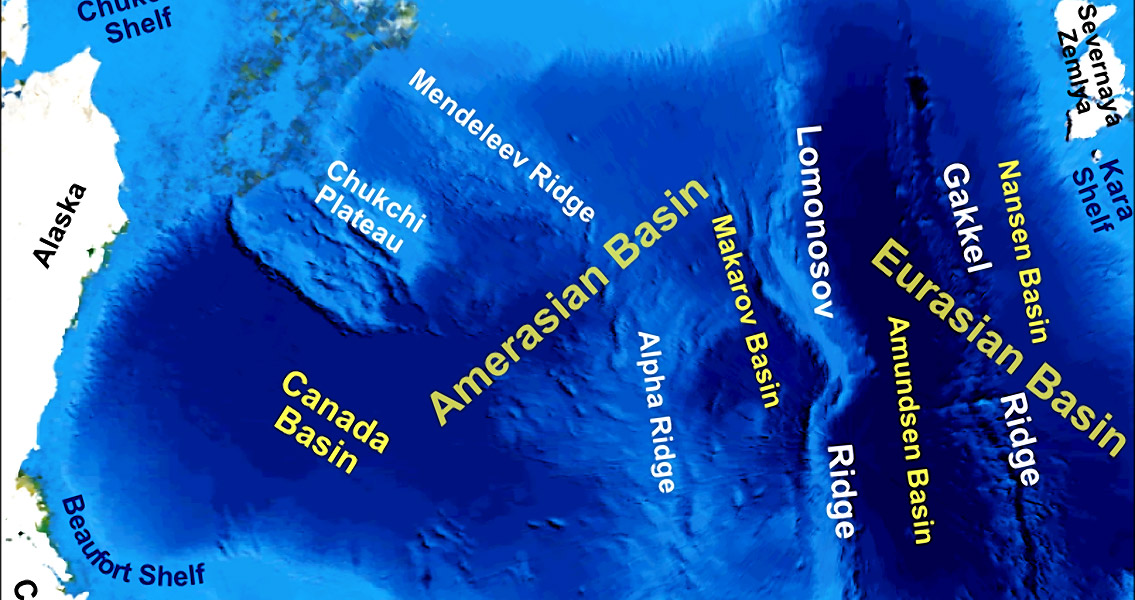<![CDATA[A new window into the Arctic Ocean’s climate history has been opened. Using sediment samples taken from the Lomonosov Ridge, an international team of researchers have determined that six to 10 million years ago the central Arctic Ocean was totally ice-free during the months of summer and that the surface temperature reached between 39 degrees and 48 degrees Fahrenheit (4 degrees to 9 degrees Celsius). During the rest of year however, the ocean was in fact covered with sea ice to varying degrees. These findings provide new and invaluable benchmarks for global climate modelling and reconstruction efforts. "The Arctic sea ice is a very critical and sensitive component in the global climate system. It is therefore important to better understand the processes controlling present and past changes in sea ice. In this context, one of our expedition's aims was to recover long sediment cores from the central Arctic, that can be used to reconstruct the history of the ocean's sea ice cover throughout the past 50 million years. Until recently, only a very few cores representing such old sediments were available, and, thus, our knowledge of the Arctic climate and sea ice cover several millions of year ago is still very limited," Dr. Ruediger Stein, the study’s lead author, explained to the journal Nature Communications. Researchers identified the perfect location for coring on the slope of a large Arctic undersea mountain range, the Lomonosov Ridge, and over the course of two days the team recovered 18 sediment cores which measured between four and eight meters long. One of the 18 turned out to be exactly the sort of climate archive scientists look for. They were able to unequivocally establish the lower region of the core consisted of sediments around six to eight million years old, mapping its geological history to the late Miocene epoch. Using climate indicators, the scientists could reconstruct the climate conditions in the central region of the Arctic Ocean for which only contradictory and ambiguous information was previously known. The study in Nature Communications describes the slope as having experienced tremendous reoccurring landslides resulting in the exposure of a layer of ancient rock formations and sediment over 500 meters thick. More surprising was the frequency at which these slide “scars” extended – more than 300 kilometers – practically from the North Pole to the end of the ridge to the south. It’s been widely held by scientists that six to ten million years ago the central region of the Arctic Ocean was covered with dense sea ice year round – almost to the same extent as today. This new research contradicts that assumption, based on studies of the organic compounds (biomarkers) produced by certain organisms which lived in the Arctic at that time and which are preserved in the sediment deposits and found in the cores. Two such marker groups were extracted by scientists from the sediment cores. Despite the amazing results, the scientists who participated in the study agree this is no more than the first step and that additional research must follow. While these new sediment cores have given some early insight into the climate history of the Arctic, the records remain incomplete. Longer, continuous sequences of sediment, which can only be obtained through drilling, are needed to reveal the Arctic’s climate history during the last 20 to 60 million years. The next drilling expedition is currently scheduled for 2018.]]>
Arctic Ocean Enjoyed Ice-Free Summers Six Million Years Ago
